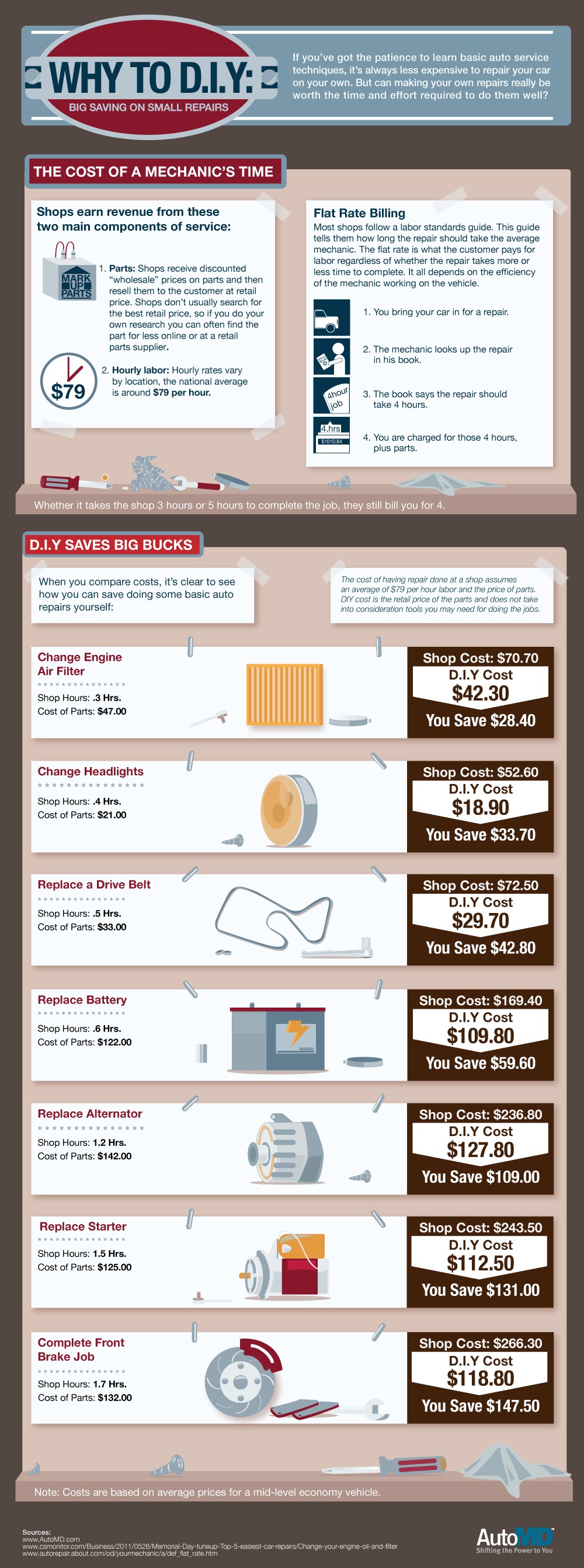Intrigued In Recognizing The Caution Lights On Your Car'S Dashboard? Discover Their Value For Your Vehicle'S Safety And Security And Overall Problem
Intrigued In Recognizing The Caution Lights On Your Car'S Dashboard? Discover Their Value For Your Vehicle'S Safety And Security And Overall Problem
Blog Article
Personnel Author-Samuelsen Alvarado
When you're behind the wheel, those radiant caution lights on your dashboard can be a little bit complicated. Do you understand what they're attempting to tell you about your automobile's health? Understanding https://garrettvqkey.theideasblog.com/32568258/evaluate-your-lorry-s-requirements-to-discover-the-ideal-auto-describing-service-for-you-yet-which-elements-will-absolutely-influence-your-decision of these lights is important for your security and the longevity of your car. So, carwashnearme following time one of those lights pops up, wouldn't you intend to understand its message precisely and take the needed actions to address it?
Common Caution Lights and Interpretations
Determine typical warning lights in your automobile and understand their definitions to make sure risk-free driving.
The most regular caution lights consist of the check engine light, which signifies problems with the engine or discharges system. If this light comes on, it's critical to have your automobile checked without delay.
The oil pressure alerting light shows reduced oil pressure, calling for instant interest to prevent engine damage.
https://airliftperformance17394.bloggip.com/32147924/analyze-your-vehicle-s-requirements-to-discover-the-excellent-car-describing-solution-for-you-however-which-variables-will-genuinely-influence-your-decision flashing battery light might suggest a faulty billing system, potentially leaving you stranded otherwise dealt with.
The tire pressure monitoring system (TPMS) light signals you to reduced tire pressure, impacting car stability and gas effectiveness. Neglecting this could cause hazardous driving problems.
The ABS light suggests a problem with the anti-lock braking system, compromising your capability to stop quickly in emergency situations.
Finally, the coolant temperature level cautioning light warns of engine getting too hot, which can result in extreme damage otherwise dealt with swiftly.
Comprehending these typical warning lights will certainly help you address concerns quickly and maintain secure driving problems.
Significance of Prompt Focus
Recognizing the common warning lights in your automobile is only the initial step; the importance of immediately resolving these cautions can't be stressed sufficient to guarantee your security when driving.
When a warning light illuminates on your dashboard, it's your automobile's means of interacting a prospective problem that requires focus. Neglecting these cautions can lead to much more severe troubles in the future, jeopardizing your safety and potentially costing you extra in repairs.
Trigger focus to advising lights can stop break downs and mishaps. For example, a blinking check engine light might suggest a misfire that, if left ignored, can create damage to the catalytic converter. Resolving this quickly can conserve you from a pricey repair service.
Similarly, a brake system alerting light may indicate low brake fluid or used brake pads, essential elements for your safety and security when driving.
Do It Yourself Troubleshooting Tips
If you see a caution light on your dashboard, there are a couple of do it yourself troubleshooting tips you can attempt prior to seeking expert help.
The very first step is to consult your vehicle's manual to understand what the details caution light shows. In some cases the problem can be as easy as a loosened gas cap causing the check engine light. Tightening the gas cap may deal with the issue.
An additional common problem is a reduced battery, which can set off different warning lights. Inspecting the battery connections for corrosion and ensuring they're protected may repair the trouble.
If a caution light continues, you can try resetting it by separating the car's battery for a few minutes and after that reconnecting it. Furthermore, checking your automobile's fluid levels, such as oil, coolant, and brake fluid, can assist repair alerting lights connected to these systems.
Conclusion
In conclusion, understanding your automobile's warning lights is necessary for maintaining your car running smoothly and securely. By quickly attending to these alerts and understanding what they suggest, you can stay clear of costly fixings and potential failures.
Remember to consult your vehicle's handbook for certain information on each warning light and do something about it accordingly to make sure a trouble-free driving experience.
Keep notified, remain secure when traveling!
